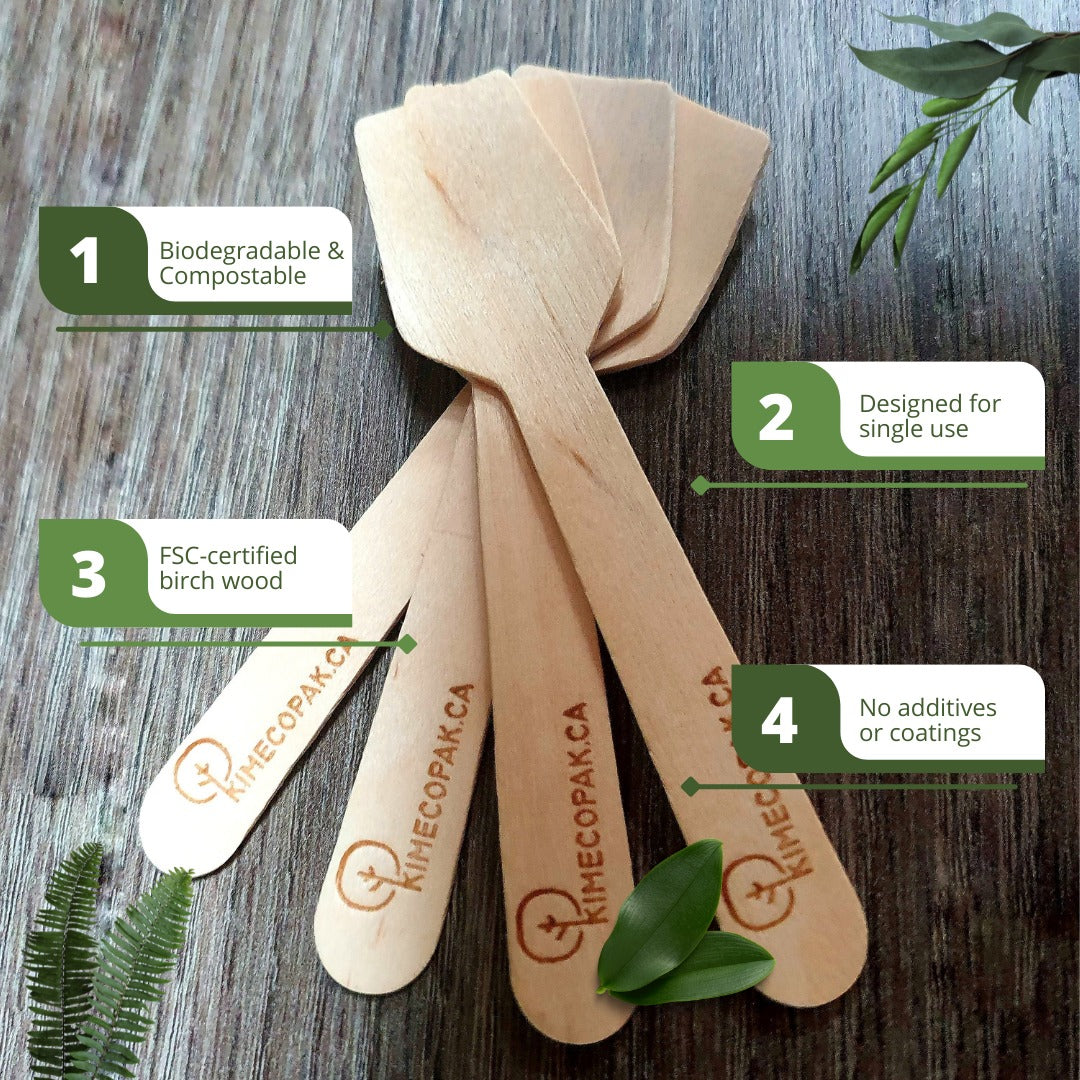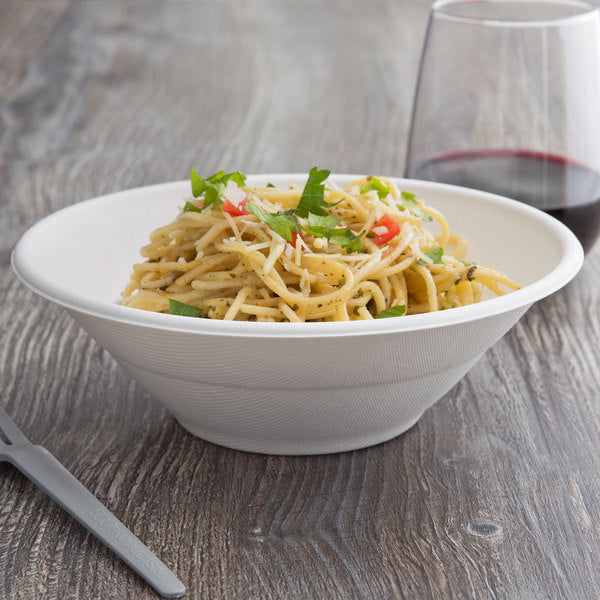Parmigiano Reggiano is a famous Italian cheese known for its strong taste and many uses. It's made in a special way in northern Italy and has a long history. This guide will tell you about Parmigiano Reggiano, including what it's made from, how it tastes, and what you can use it for. We'll also talk about why it's important to buy the real thing.
- Guide for New Bakers: The Difference Between Creme Fraiche, Sour Cream, Mascarpone, and Cream Cheese
- Exploring the Most Expensive Cheese List In The World
- Types Of Vanilla Products. Which Type Of Vanilla Product You Should Use?
Understanding Parmigiano Reggiano
What is Parmigiano Reggiano?
Parmigiano Reggiano, often simply referred to as "Parmesan," is a hard, granular cheese that has been a culinary staple in Italy for centuries. Renowned for its distinctive flavor and nutritional value, this iconic cheese is produced exclusively in specific regions of northern Italy, primarily Emilia-Romagna and Lombardy.
The name "Parmigiano Reggiano" is a geographical indication, ensuring that only cheese made in these regions, adhering to strict production standards, can bear the name. This designation guarantees the authenticity and quality of the product.

What is Parmigiano Reggiano Made Of?
Parmigiano Reggiano is crafted from unpasteurized cow's milk, which is curdled, separated from the whey, and then pressed, salted, and aged for a minimum of 12 months. This meticulous production process contributes to the cheese's unique characteristics.
The milk used for Parmigiano Reggiano comes from specific breeds of cows, primarily Friesian and Bruna Alpina. These cows are typically fed a diet of fresh grass and hay, which influences the flavor and quality of the milk.
Flavor Profiles of Parmigiano Reggiano
The flavor of Parmigiano Reggiano is a testament to the aging process.
- Aging process: The longer Parmigiano Reggiano ages, the more complex and robust its flavor becomes.
- Younger cheeses: Milder, buttery taste with hints of sweetness.
- Mature cheeses: Nutty, slightly salty profile.
- Texture: The texture becomes increasingly crumbly and granular as the cheese ages.
-
Aging conditions:
- Specially controlled cellars to maintain optimal humidity and temperature.
- Regular turning and brushing to prevent mold growth.
- Nutritional value:
- Excellent source of protein, calcium, and phosphorus.
- Low in lactose, making it suitable for those with lactose intolerance.
Culinary Applications of Parmigiano Reggiano
Parmigiano Reggiano's versatility extends across various culinary traditions, enriching a wide range of dishes. Its distinct flavor and texture contribute significantly to the overall taste and presentation of numerous recipes.
Grated Parmigiano Reggiano
- Pasta: A classic pairing, grated Parmigiano Reggiano complements a variety of pasta sauces, from tomato-based to creamy Alfredo.
- Risotto: The creamy texture of risotto is enhanced by the addition of grated Parmigiano Reggiano, which adds a nutty and umami flavor.
- Soups: Shaved Parmigiano Reggiano can be added to soups as a finishing touch, providing a textural contrast and a burst of flavor.
- Eggs: Incorporated into omelets or scrambled eggs, grated Parmigiano Reggiano adds a savory and umami element.
Shaved Parmigiano Reggiano
- Salads: Shaved Parmigiano Reggiano can be used as a topping for salads, adding a salty and nutty crunch.
- Appetizers: Served with cured meats or antipasto platters, shaved Parmigiano Reggiano provides a complementary flavor and texture.
- Main courses: Shaved Parmigiano Reggiano can be added to grilled or roasted meats or vegetables for a finishing touch of flavor.
Melted Parmigiano Reggiano
- Fondue: A classic fondue experience often involves melted Parmigiano Reggiano, creating a rich and creamy dipping sauce.
- Pasta sauces: Melted Parmigiano Reggiano can be incorporated into pasta sauces for a creamy and indulgent flavor.
- Soups: Adding melted Parmigiano Reggiano to soups can enhance the richness and depth of flavor.
Other Applications
- Baking: Parmigiano Reggiano can be added to bread, cookies, and other baked goods for a savory flavor.
- Snacking: Enjoyed on its own as a snack or paired with bread or crackers, Parmigiano Reggiano offers a satisfying and flavorful experience.
- Cooking: Parmigiano Reggiano can be used to add depth of flavor to various dishes, such as sauces, stews, and risottos.
The versatility of Parmigiano Reggiano makes it an indispensable ingredient in many kitchens, allowing for endless culinary possibilities
Difference between Parmigiano Reggiano Vs Permasan
As mentioned above, Parmigiano Reggiano is often simply referred to as "Parmesan", however, there are differences between these two types of chesse. They are explained as below.
- Parmigiano Reggiano is a premium Italian cheese renowned for its exceptional quality and distinctive flavor profile. As a Protected Designation of Origin (DOP) product, Parmigiano Reggiano adheres to stringent production standards, ensuring its authenticity and superior taste.
- Parmesan, on the other hand, is a generic term used to describe any cheese similar to Parmigiano Reggiano. While Parmesan may share some characteristics with its Italian counterpart, it often falls short in terms of flavor, texture, and nutritional value.
Key Differences:
- Origin: Parmigiano Reggiano is exclusively produced in specific regions of northern Italy, while Parmesan can be manufactured in various countries.
- Production Standards: Parmigiano Reggiano is subject to rigorous quality control measures, including strict adherence to milk sourcing, aging processes, and nutritional composition. Parmesan may not adhere to such stringent standards.
- Flavor Profile: Parmigiano Reggiano boasts a complex and nuanced flavor, characterized by its nutty, slightly salty, and umami notes. Parmesan often lacks the depth and richness of Parmigiano Reggiano.
- Nutritional Content: Parmigiano Reggiano is a nutritional powerhouse, offering a high concentration of protein, calcium, and other essential nutrients. Parmesan may vary in its nutritional composition.
In conclusion, while Parmesan may be a convenient and affordable option, Parmigiano Reggiano stands out as a superior choice for discerning consumers seeking an authentic and flavorful cheese experience.

Parmigiano Reggiano and DOP Certification
Parmigiano Reggiano is more than just a cheese; it's a culinary icon. Its Denominazione di Origine Protetta (DOP) certification guarantees its authenticity and quality. Below we will explore key Key features of DOP Parmigiano Reggiano and why you should choose it.
Key features of DOP Parmigiano Reggiano:
- Geographic origin: Produced exclusively in the provinces of Parma, Reggio Emilia, Modena, Bologna, and Mantua.
- Milk source: Made from unpasteurized milk of specific cow breeds sourced from local farms.
- Aging process: Undergoes a rigorous aging process, contributing to its unique flavor and texture.
- Quality control: Regularly inspected to ensure compliance with DOP standards.
Benefits of purchasing DOP Parmigiano Reggiano:
- Authenticity: Guaranteed to be produced in Italy according to traditional methods.
- Quality: Adheres to stringent quality standards.
- Flavor: Renowned for its rich, nutty flavor and distinctive texture.
- Nutritional value: A good source of protein, calcium, and other essential nutrients.
- Support for local producers: Contributes to the preservation of traditional foodways.
By choosing DOP Parmigiano Reggiano, consumers can enjoy a truly exceptional cheese experience while supporting sustainable food production and preserving culinary heritage.
Conclusion
Parmigiano Reggiano, a culinary icon, offers a unique flavor profile, rich history, and exceptional quality. Its versatility and nutritional value make it a must-have ingredient. By understanding its production process and culinary applications, you can appreciate this timeless and satisfying cheese.







